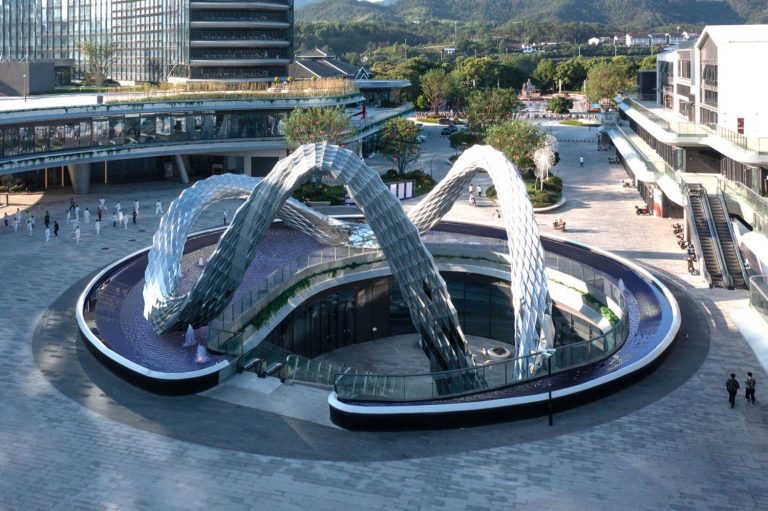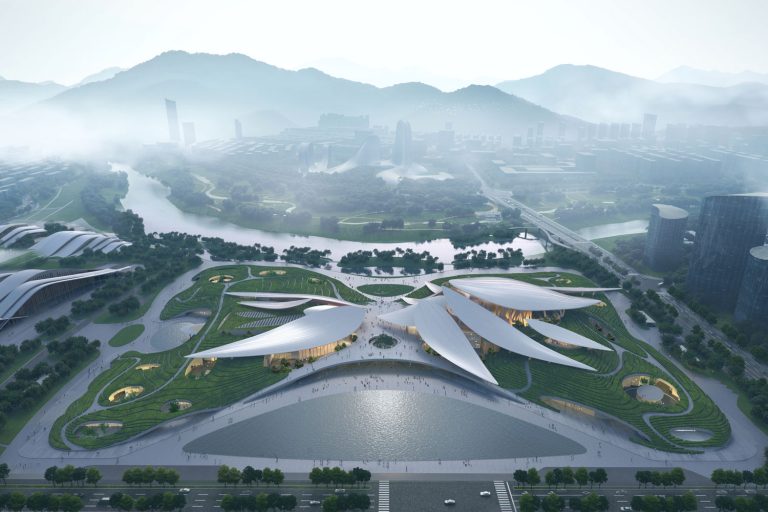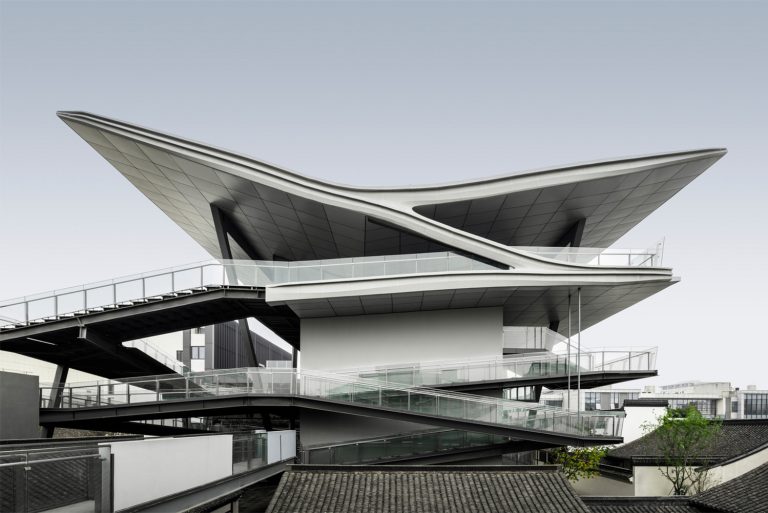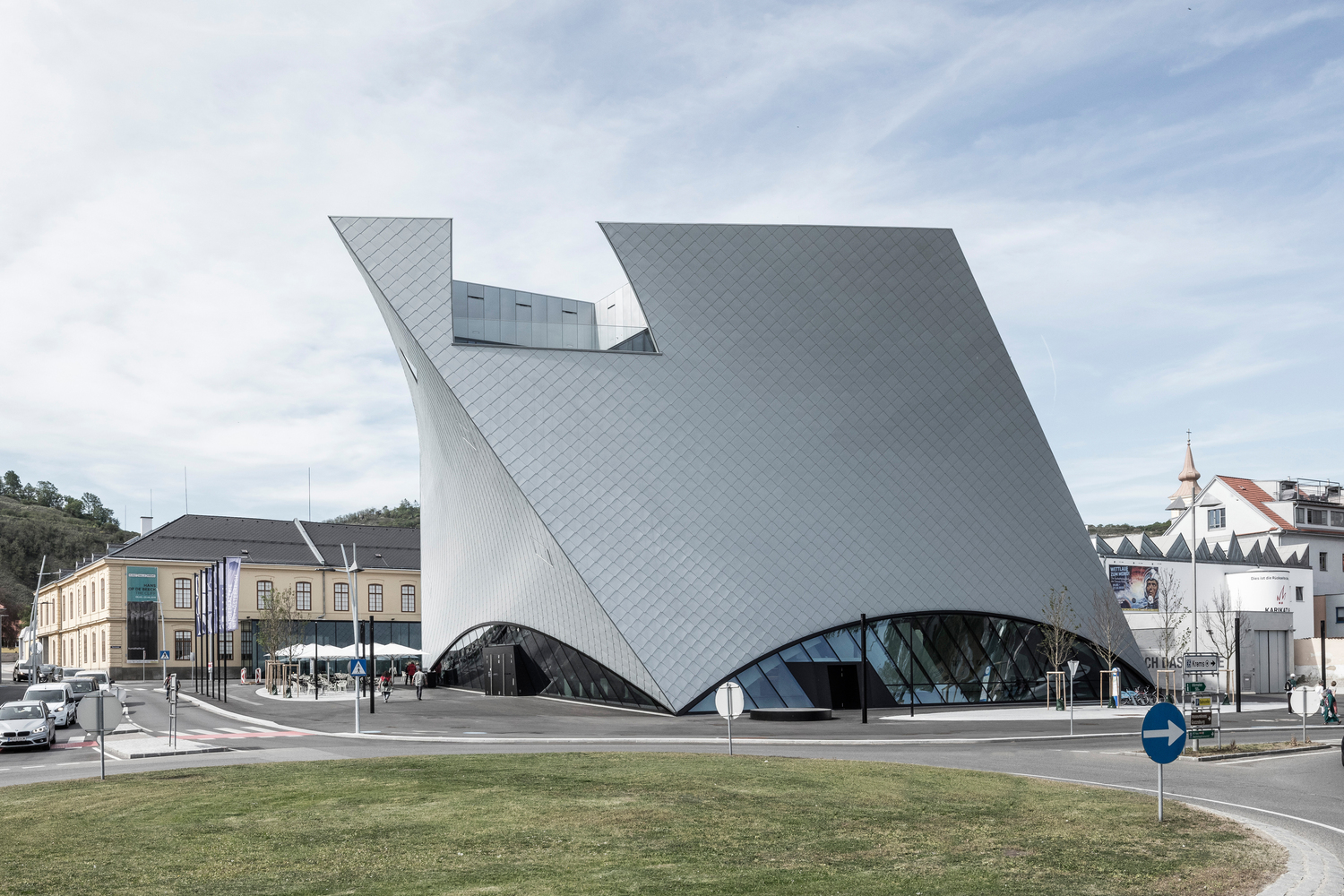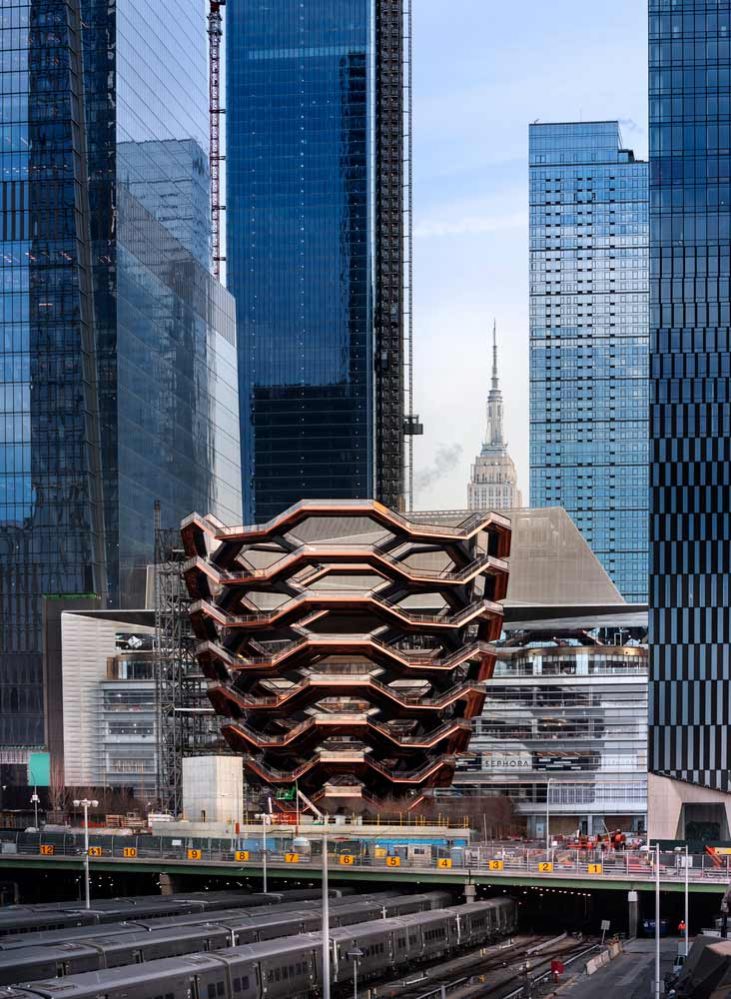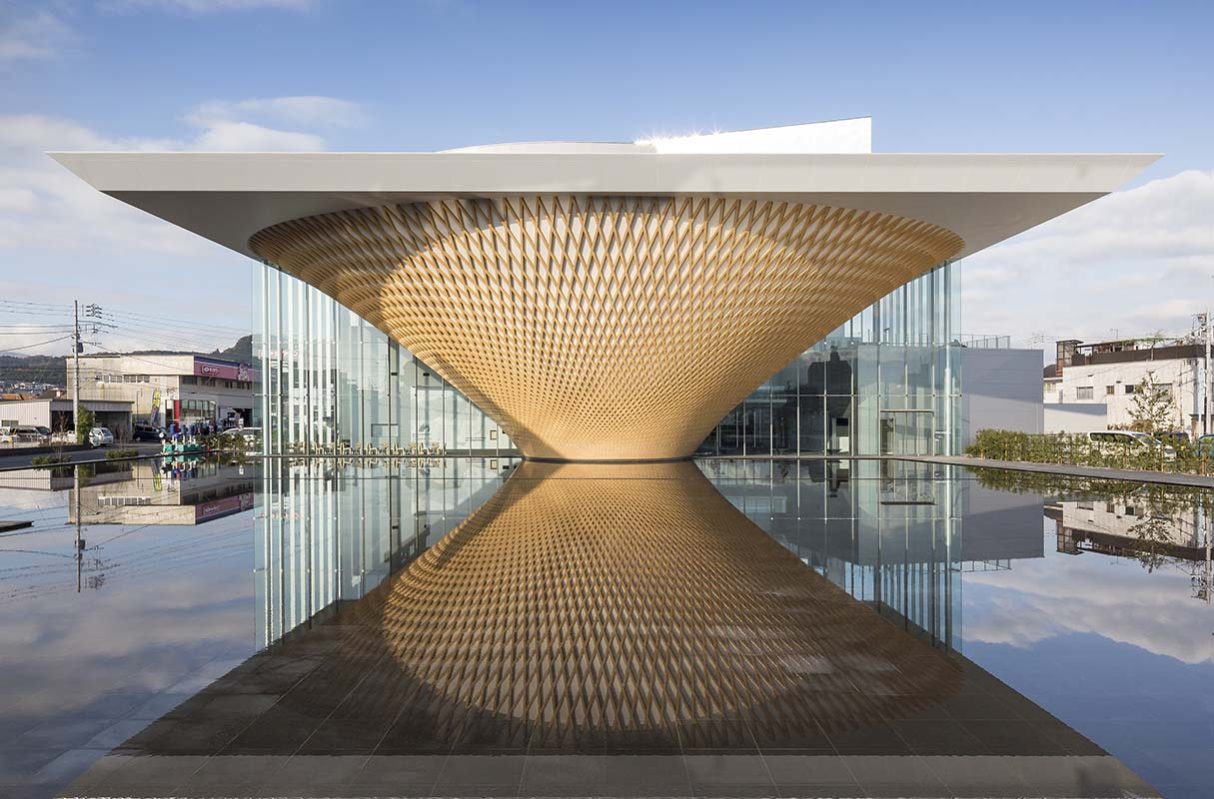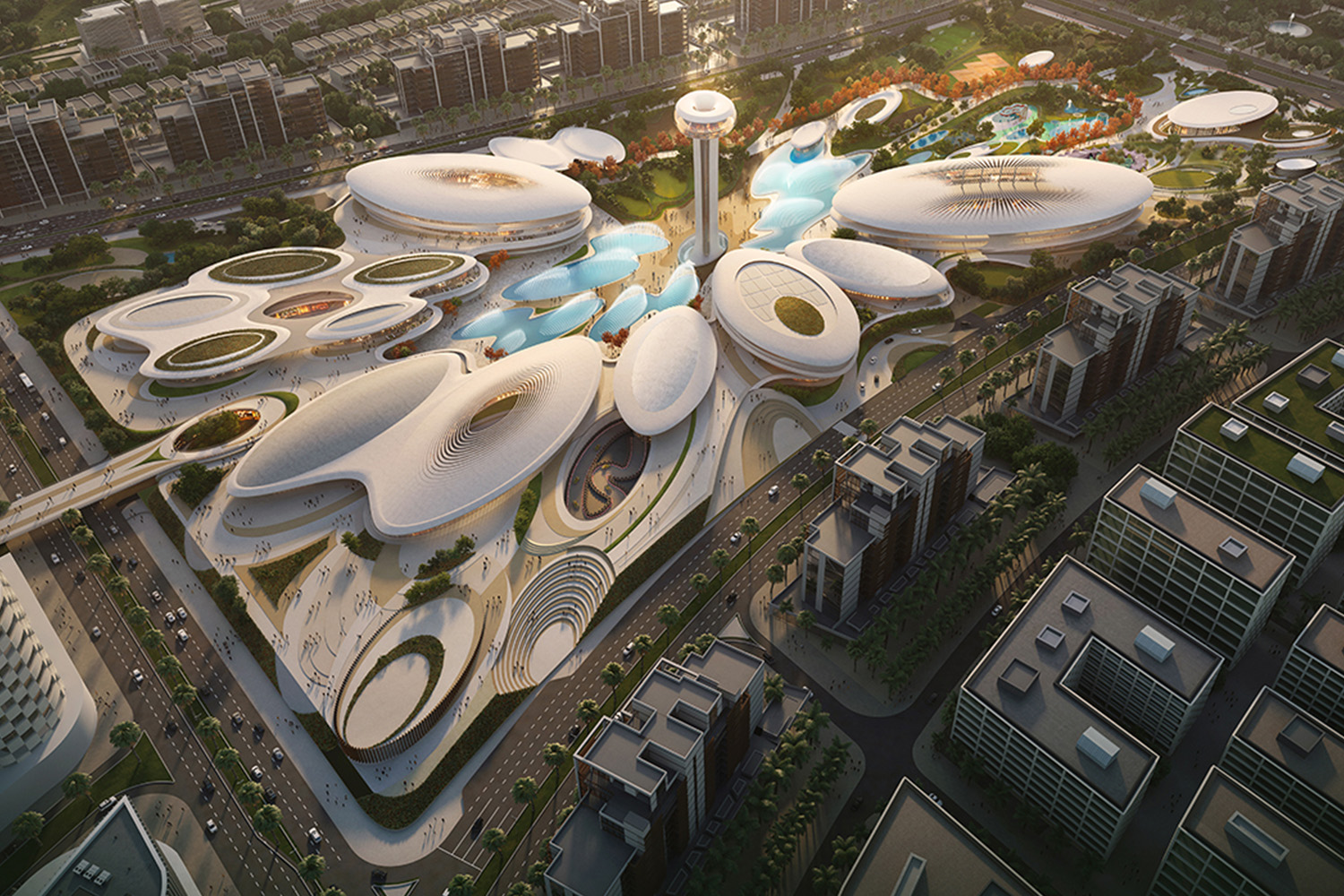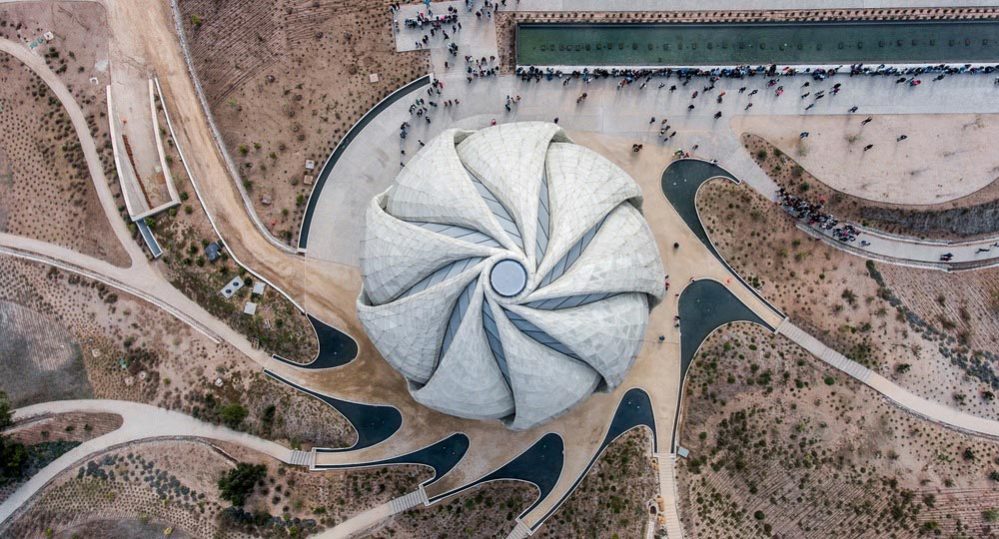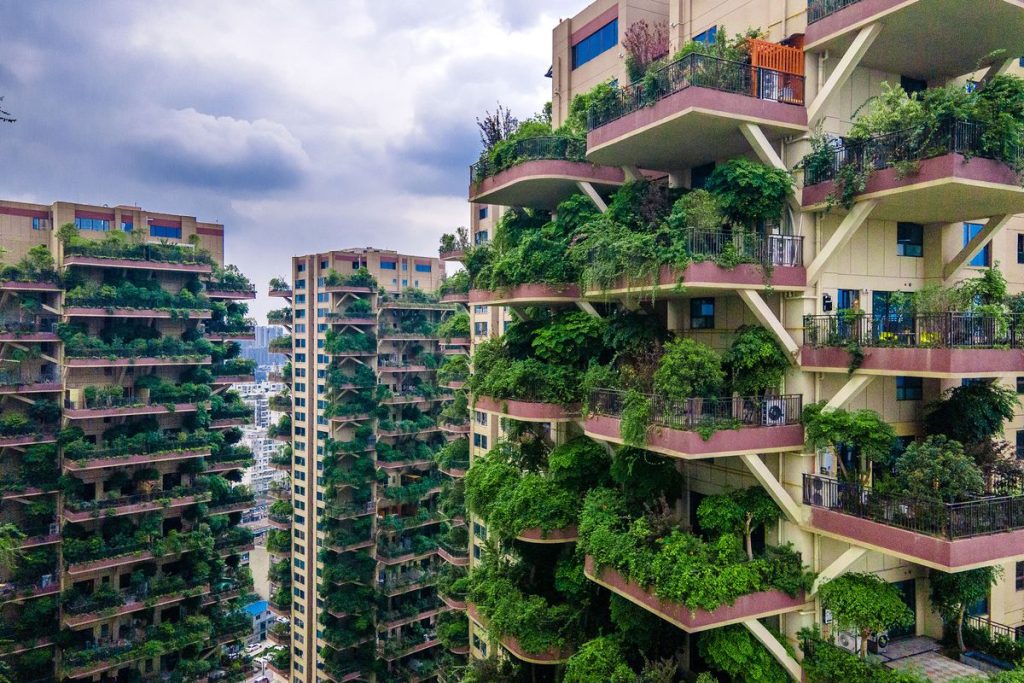
Around the world, architects, urban planners, and designers are trying to create eco-friendly cities that embody the principles of sustainability, environmentally conscious practices, and nature-inspired design. These “vertical gardens” concepts, collectively referred to as biophilia, allow people to connect with nature. However, the trend of physically “greening” buildings by incorporating living walls and roofs can also create unexpected challenges, such as an increasing number of mosquitoes.
For example, in Chengdu’s Qiyi City Forest Garden, an experimental green project consisting of two towers with 826 apartments designed to be a “vertical forest”, residents have been invaded by mosquitoes, making living conditions unbearable according to New York Post. The towers were built in 2018 with private balconies intended for plants to grow, but neglect by some residents has led to an overgrowth of plants on certain balconies. Only a handful of families have moved in so far due to the infestation, and there are reports that only about 10 families have moved in out of the 826 apartments available.
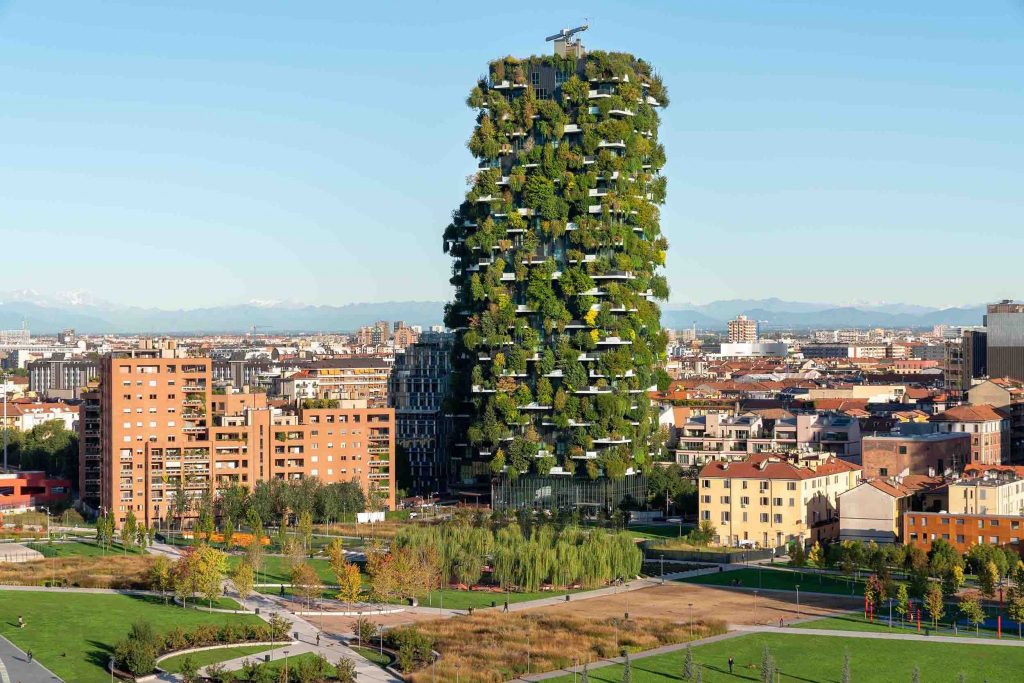
Other eco-friendly projects around the globe have so far avoided this specific issue. For example, Stefano Boeri and botanist Laura Gatti carefully chose a varied array of 800 trees, 5000 shrubs, and 15,000 plants that would flourish in the Milanese climate and improve the city’s air quality through their green facades for Milan’s Bosco Verticale. The project has received positive feedback from residents, in contrast to the Qiyi City Forest, which failed to garner support due to a lack of proper upkeep and care of the plantings in Chengdu.
The Qiyi City Forest in Chengdu failed partially due to poor design, according to Daryl Beyers, a landscape architect from the New York Botanical Garden. Water tends to accumulate in planters that are not properly drained in the city’s humid climate and heavy monsoon seasons, resulting in mosquito breeding. Beyers goes on to say that the project’s lack of maintenance planning was a crucial flaw. A garden cannot flourish in the absence of a gardener, and the Qiyi City Forest’s promotion of a manicured garden without good maintenance consideration was misguided. Someone must do the required upkeep if the garden is to be well-maintained.
The lessons learned from the Qiyi City Forest and Bosco Verticale projects show that effective planning and careful vegetation selection, coupled with appropriate feeding and watering methods that make use of relevant technology, are critical to the success of green building initiatives. Because of a lack of proper planning and upkeep, the Qiyi City Forest failed, resulting in a loss of community support and mosquito infestations.
Meanwhile, the Milan-based Bosco Verticale initiative has received widespread support due to the careful selection of suitable vegetation that improves air quality and thrives in the local climate. Green building efforts can create sustainable environments that benefit both the community and the natural world by prioritizing proper planning, appropriate plant selection, and maintenance considerations.























